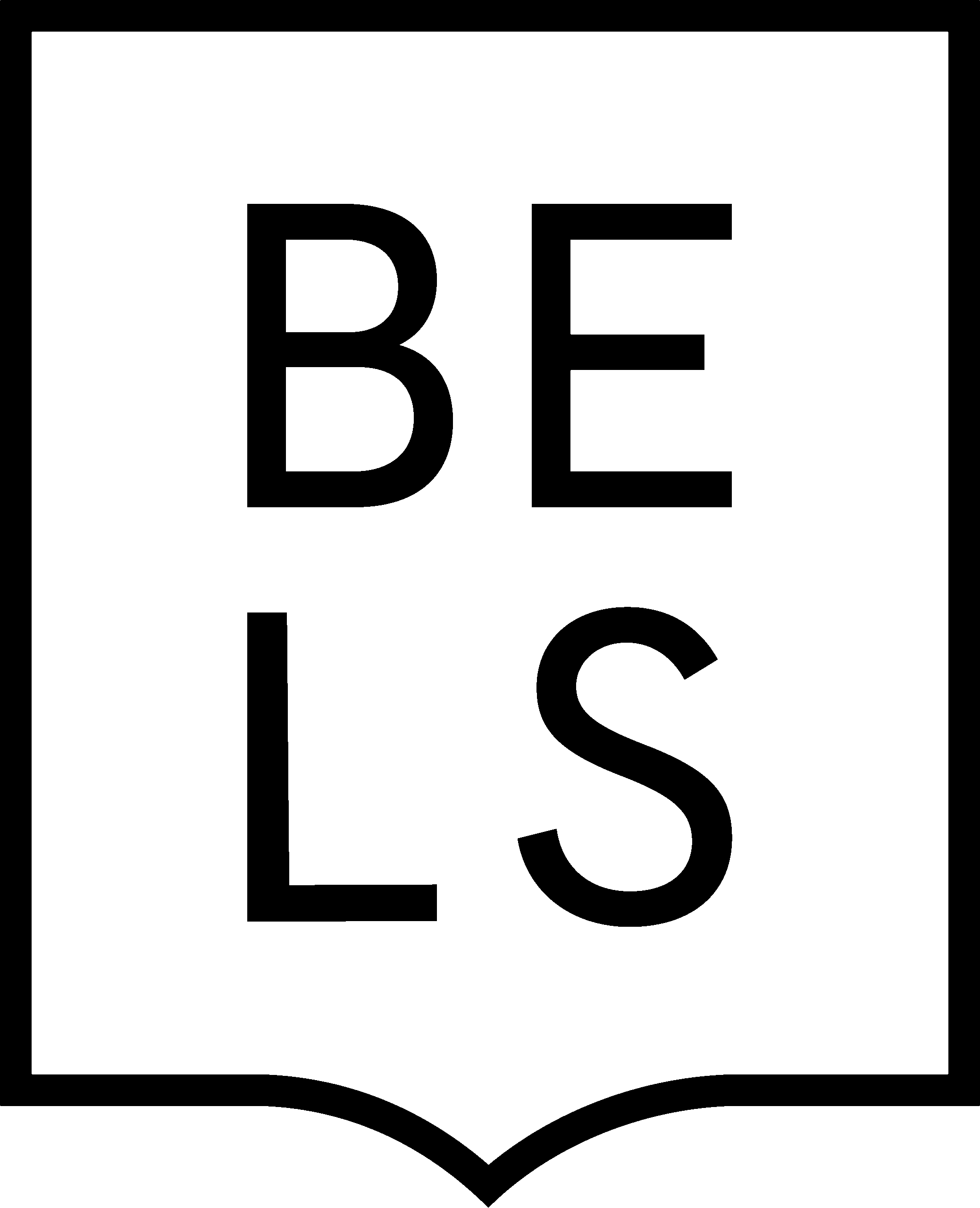
A Complete Guide to Writing a Summary in English
We’re all used to reading summaries, yet we’re not always taught how to write a summary in English. Summaries can be found everywhere, from book covers to product descriptions to online review sites. However, no matter how many summaries you’ve read, writing your own when you need to can be challenging. Follow our guide to get it right.
What is a summary and why is it needed?
A summary is a shorter description of a longer text that summarises all the important points. It provides an overview so that you don’t have to read the whole text to get an idea of the content. Summaries exist for books, films and many other media. And yet, even if you have already read some summaries, it can still be difficult to write your own. Today we want to help you write your own summary.
Summary writing is about presenting the highlights of a text and leaving out anything unimportant. A summary of Hamlet would include only the most important points about the action, Polonius’ murder for example – leaving out things that are not relevant, such as his soliloquy to thine own self be true.
How to write a really good summary in English
You can follow 4 steps to write a good summary:
1. Look at the original (in the case of a text: read it carefully!)
The first step is obvious: Read or look carefully at what you want to write your summary about.
If you want to write a summary about a book, for example, there is always the temptation to work with other summaries from the internet. But especially as a beginner, you should avoid this, because it is difficult to assess which sources are really reliable. In addition, you can run the risk of plagiarism.
2. Make bullet points
Next, start preparing and write down some key points about your text. Use your memory. What things did you remember when you read the text? This way, you can weed out unnecessary information. But also think about what is really important and less about what might only interest you. You may have to read the text several times to filter the information correctly. You might also divide the text into sections and think of a suitable heading for each section.
3. Write a summary in your own words
Now turn your bullet points into a text. Follow the order of events in the text or film.
It is important to use only your own words. Of course, you can use direct and indirect quotations and refer to passages in the text, but on the whole you should use your own language to make the summary unique. Also, remember to write the summary for someone who has no idea about the text – they should still know what the text is about at the end. Also pay attention to structuring transitions, don’t just line up sentence after sentence, use adverbs (however, as a result, meanwhile). Furthermore, you should avoid first-person constructions and your own opinion is inappropriate here. A summary is always written in the simple present tense.
4. Revise your summary
The last step is to revise. Now you need to correct mistakes and remove inappropriate words. Also cut out unnecessary sentences, so you have more space to elaborate on the important information. It’s also a good idea to check the transitions.
What you should avoid in your summary:
Sometimes a lot of details are described in the source text but they are mostly unnecessary for your summary. Try to concentrate on the most important information. Also, do not add any new information to your summary, and avoid speaking in the first and second person- ‘I’, ‘you’ and ‘we’ constructions have no place in your text. Narrative elements such as ‘suddenly’ are inappropriate and literal speech is also not to be used in your summary.
English Phrases to use in a Summary
Finally, we would like to give you a few helpful phrases that you can learn and use in your own summary. They will bring your text to a higher level, show the reader that you have dealt with the text type summary and give the result professionalism.
- The text (article) “__” is concerned with/deals with/tells about/is about …
- At the beginning of the text the author describes/dwells on/explains/ points out/characterizes/enumerates/ stresses/underlines…
- The article begins with the description of/the analysis of/the review of/the characterization of/the author’s opinion of …
- Then (after that, next) the author passes on to/goes on to say about/gives a detailed analysis (description) of …
- In addition (besides, moreover, further) …
- In conclusion (at the end of the article) the author underlines/criticizes/draws the conclusion that …
- The article ends with the analysis of …
- In short/to sum it up …
Is writing summaries in English challenging for you?
We can provide personalised lessons to help you overcome your challenges and teach you how to write a summary in English. Lessons will be based on your needs and adapted along the way. Individual lessons can be held online at one of our schools in Malta and Gozo.
Get in touch to discuss a personalised learning plan.
